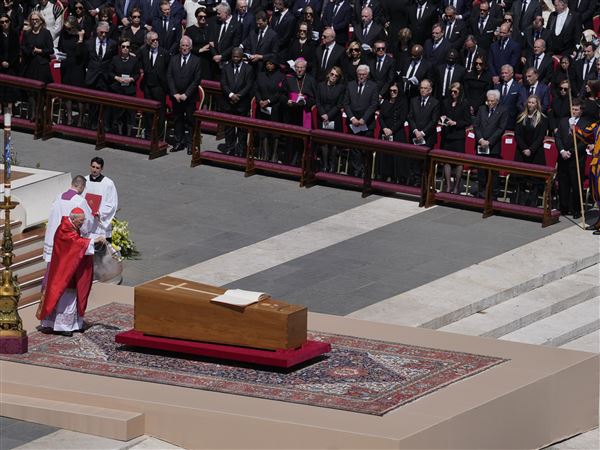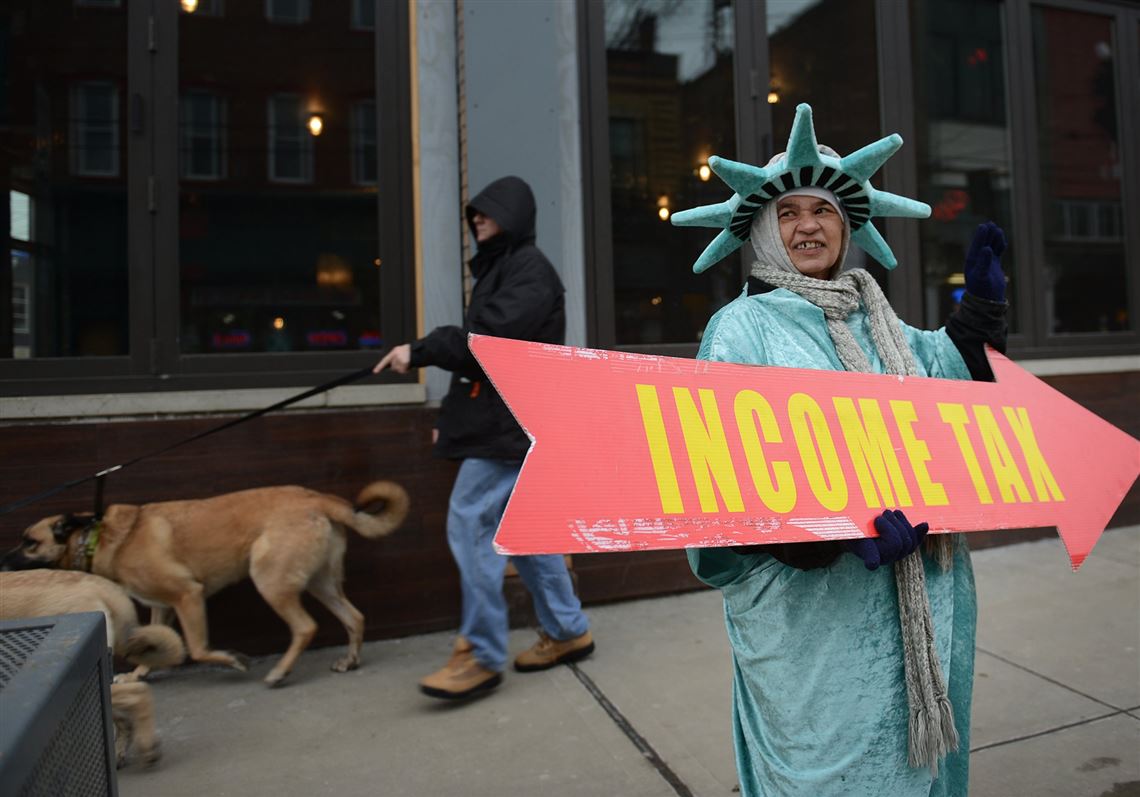The reality of America’s tax code comes into sharp focus on Tax Day: it remains unnecessarily complex, economically harmful and counterproductive to prosperity. With key provisions of the 2017 Tax Cuts and Jobs Act (TCJA) set to expire at the end of this year, policymakers face a critical choice between allowing a massive tax increase or renewing pro-growth reforms in a fiscally responsible manner.
The debt burden
The Congressional Budget Office’s latest debt projections paint a sobering fiscal picture. The national debt is projected to reach nearly 120% of the GDP within the next decade, with annual deficits exceeding $2 trillion. Interest payments on the nation’s $30 trillion debt alone cost more than defense spending.
This fiscal reality demands that any extension of the tax cuts must be balanced with meaningful spending restraint and base-broadening tax reforms. Otherwise, the math doesn’t work.
Lawmakers can start by leveling the playing field between how individuals and big businesses are taxed in three ways.
First, TCJA capped the deduction for state and local taxes (SALT) at $10,000 for individuals, but left corporations unaffected. The largest companies can still deduct the millions in income and property taxes they pay to state and local governments, but homeowners are limited to just $10,000.
According to a new report by Arnold Ventures, a philanthropic organization of which I’m a fellow, applying the SALT cap to corporations could save up to $823 billion over a decade, savings that could pay for pro-growth tax reforms and deficit reduction.
The benefits of a broader federal SALT cap could also redound to state taxpayers by forcing state and local governments to rein in their tax burdens. Studies have found that state and local governments maximize their tax systems by shifting as much of their tax burden as possible to the federal government through the SALT deduction. Capping the deduction can temper these impulses.
Tax the endowments
Second, the tax code also taxes investment income differently depending on who earns it. For example, retirees pay individual tax rates up to 37% on the investment income they withdraw from their 401k accounts while corporations pay 21% on their investment income.
But the largest university endowments pay a mere 1.4% on their investment gains. Endowments have grown substantially over the past decade, because most of their investment gains are tax-free.
According to the 2024 NACUBO-Commonfund Study of Endowments, private university endowments managed more than $583 billion in investments in 2024. The average size of these endowments topped $1.5 billion, double the average in 2015. The top 10 endowments held $272 billion in assets in 2024, one-third of all private university endowment funds.
Raising the endowment tax rate to 21% on the investment income for the largest endowments could raise $70 billion over a decade while making the tax code fairer.
The billionaires’ loophole
Third, another tax avoidance strategy that billionaires can use but you and I cannot is the “Buy, Borrow, Die” strategy. This technique allows wealthy individuals to borrow against the appreciated value of their significant stock holdings for day-to-day expenses and defer the taxes owed on those capital gains indefinitely.
If they hold those assets long enough, the rule providing for the step-up in basis at the time of death allows the wealthy to pass assets down to their heirs free of any tax. Closing this loophole could save upwards of $93 billion over a decade.
This Tax Day, as Americans struggle through forms, schedules, and worksheets, they should know that we could have a system that’s simpler, more transparent, and more conducive to prosperity.
But achieving that requires extending the TCJA’s pro-growth provisions while curbing spending and fixing the unfair elements of the tax code. One without the other is a recipe for fiscal disaster.
Scott Hodge is a tax and fiscal policy fellow at Arnold Ventures and president emeritus at the Tax Foundation.
First Published: April 15, 2025, 8:30 a.m.














